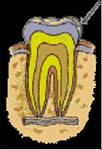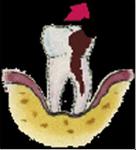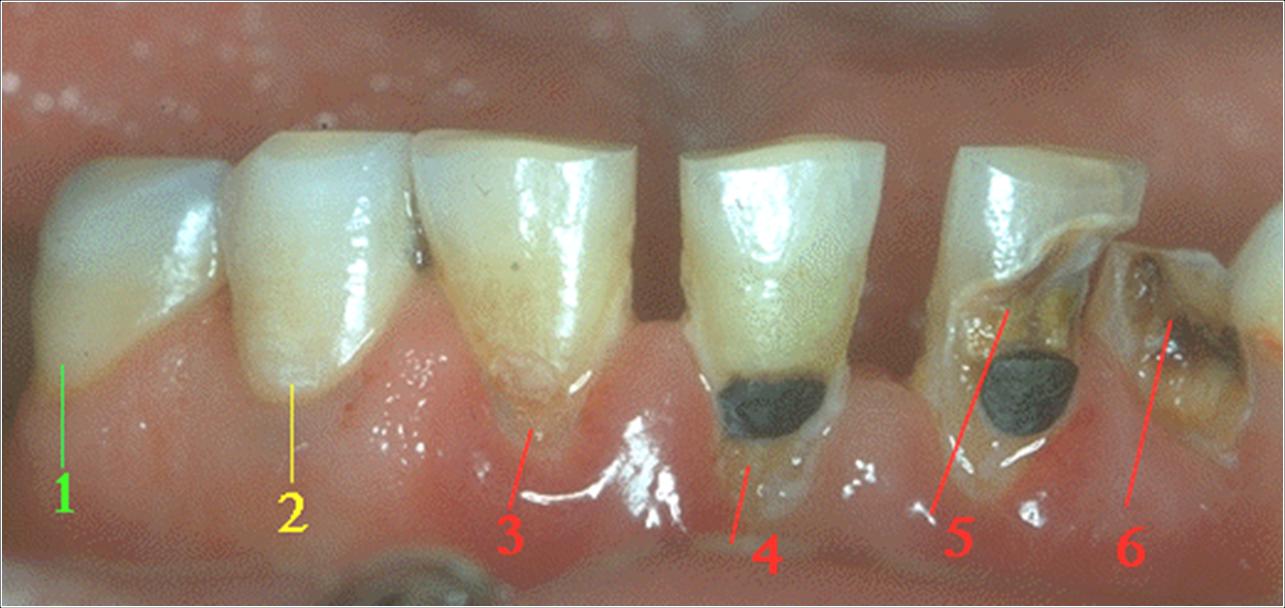مرحبا بك في هذا المنتدى !
يبدو أنك جديد هنا. إذا كنت تريد أن تتورط، انقر فوق أحد هذه الأزرار!
روابط سريعة
الأقسام
- 9.5K جميع الأقسام
- العلوم الطبية الأساسية Basic Medical Sciences
- علم التشريح العام و الجنين Anatomy and Embryology
- علم وظائف الأعضاء (الفيزيولوجيا) Physiology
- علم النسج Histology
- علم النسج العام ( عدا الأسنان ) General Histology
- علم النسج الخاص بالأسنان Oral histology
- علم الخليةو الحياة Biology
- علم التشريح المرضي Pathology
- التشريح المرضي العام ( عدا الأسنان ) Pathology
- التشريح المرضي الخاص بالأسنان Oral Pathology
- علم الأحياء الدقيقة Microbiology
- الجراثيم و الفيروسات Germs and Viruses
- الطفيليات الطبية Parasitology
- الفطور و الحشرات Insects and Fungi
- علم الوراثة الطبية Medical Genetics
- علم المناعة الطبية Medical Immunology
- 4 العلوم الطبية السريرية Clinical Medical Sciences
- الأمراض الداخلية Internal Medicine
- 4 الجراحة Surgery
- التوليد و الأمراض النسائية Gynacology & Obstetrics
- الصحة الجنسية Sexual Health
- طب الأطفال Pediatrics
- الجلدية Dermatology
- العينية Ophthalamology
- انف و أذن و حنجرة Ear, Nose, and Throat
- الطب المخبري labratory Medicine
- علم الأورام Oncology
- الطب الشرعي Forensic Medicine
- الطب النفسي Psychiatric
- التغذية والطب البديل Nourishments and Alternative Medicine
- طب الطوارئ و الإسعافات الأولية Emergency Medicine And Primary aids
- متلازمات طبية Medical Syndromes
- علم الأشعة Radiology
- طب الأسنان Dental Medicine
- التعويضات المتحركة الكاملة و الجزئية Removable Prothodontics
- المداواة الترميمية operative dentistry
- المداواة اللبية Endodontics
- طب أسنان الأطفال Pediatric Dental
- جراحة الوجه والفكينoral surgery
- التعويضات الثابتة Fixed Prothodontics
- المواد السنية dental materials
- النسج حول السنية periodontology
- التقويم Orthodontics
- منتدى فنيي الأسنان dental technicians
- طب الفم العام general oral medicine
- علم الأشعة Radiology
- حالات سريريةClinical Cases
- أخر مستجدات طب الأسنان last news
- المنتدى الطبي السني العامgeneral dentistry
- علم الصيدلة Pharma
- علم الأدوية
- علم الأدوية Pharmacology
- أدوية الطوارئ Emergency drugs
- المضادات الحيوية Antibiotics
- الأدوبة المسببة للتشوهات الجنينية Teratogenic drugs
- أدوية Drugs
- علم الكيمياء Chemistry
- كيمياء حيوية سريرية Clinical Biochemistry
- الكيمياء العامة و العضوية و الفيزيائية General & organic chemistry & physical
- الكيمياء الحيوية Biochemistry
- الكيمياء التحليلية و التحليل الآلي Analytical chemistry and the automated analysis
- علم عقاقير Pharmacognosy
- الطب البديل Alternative Medicine
- علم الأعشاب الصيدلانية Pharmaceutical Herbs
- التكنولوجيا الصيدلية Pharmatical technology
- الصيدلانيات Pharmaceutics
- الصيدلة الحيوية والحرائك الدوائية Biopharmaceutics & Pharmacokinetics
- الصناعة الدوائية Drug Industry
- علم السموم Toxicology
- الوصفات الطبية Prescriptions
- صيدلية المجتمع و أدوية OTC Medicines OTC
- الكيمياء الصيدلية Pharmaceutical chemistry
- الصيدلة سريرية و صيدلية المشافي Clinical & Hospital Pharmacy
- دمويات و مناعيات hematology & immunology
- مراقبة جودة الأدوية Drug Quality Control
- البيولوجيا الجزيئية Molecular Biology
- الصحة العامة و تلوث البيئة General Health
- المنتدى الصيدلاني العام
- الجودة الغذائية Food quality
- قسم الجودة الطبية Department of Medical Quality
- قسم الجودة العام General Quality Department
- قسم السلامة والصحة المهنية Department of Occupational Safety and Health
- قسم جودة وسلامة الأغذية Department of Food Quality and Safety
- المنتدى الطبي العام
- المنتدى الطبي العام
- منتدى العلوم والتكنولوجيا الطبية Medical Technology
- قانون و أخلاقيات المهنة
- تاريخ و آداب الطب
- الدراسات العليا و الدراسة في الخارج
- امتحانات Medical Exams
- تبادل الكتب الطبية و الميديا و البيانات الطبية
- مواضيع طبية غير مصنفة
- قسم الأسرة و المجتمع
- العناية بالمرأة الحامل و المرضع
- تربية الأطفال
- الصحة العامة
- التغذية الصحية و الغذاء الصحي
- أسريات
- 2 استراحة العيادة السورية
- المنتدى العام
- نشاطات و ترفيه
- 1 إسلاميات
- تطوير الذات و البرمجة اللغوية العصبية NLP
- المنتدى التقني
- مكتبة الصور و التصميم
- 1 المنتدى الثقافي و الأدبي
- المنتدى الرياضي
- منتدى اللغات Foriegn Languages
- الساحة العامة
- ساحة الحوار و النقاش
- ترحيب و تعارف
- قسم الاستشارات الطبية
- البحوث والندوات العلمية
- الاقتراحات و التطويرات
- الأقــســـام الــعـــامــة
- منتدى الحوار العام
- المواضيع العامة القديمة المستردة
- المواضيع الحاوية على مرفقات
الرئيسية › العلوم الطبية الأساسية Basic Medical Sciences › علم التشريح المرضي Pathology › التشريح المرضي الخاص بالأسنان Oral Pathology
What is Dental Caries?
It is a microbial disease of the calcified tissues of the teeth,
characterized by demineralization of the inorganic portion
and destruction of the organic substance of the tooth.
Many researches/investigations for more than a hundred years have been done, still, many aspects of the etiology of this disease is obscure and efforts at prevention are only partly successful
A detail of a tooth (to the right = enamel). It is covered by plaque, which consists mainly of bacteria. Plaque is often found close to the gum, in between teeth, in fissures and at other "hidden" sites.

Demineralization:
When sugar and other fermentable carbohydrates reaches the bacteria, they form acids which start to dissolve the enamel - an early caries lesion occurs due to loss of Calcium and Phosphates

Remineralization:
When sugar consumption has ceased, saliva can wash away sugars and buffer the acids. Calcium and Phosphates can again enter the tooth. The process is strongly facilitated by fluorides

The first indication of tooth decay are white spots on the enamel caused by the loss of calcium.

If the demineralization process outruns the natural remineralisation process, the lesion grows and a cavity is formed.

The bacteria may invade the pulp of the tooth,

causing a consistent tooth pain, especially during the night.

The bacteria may also produce an abscess,

and eventually the tooth may be extracted by the dentist

1.A tooth surface without caries.
2.The first signs of demineralization.
3.The enamel surface has broken down.
4.A filling has been made but the demineralization has not been stopped.
5.The demineralization proceeds and undermines the tooth.
6.The tooth has fractured.

characterized by demineralization of the inorganic portion
and destruction of the organic substance of the tooth.
Many researches/investigations for more than a hundred years have been done, still, many aspects of the etiology of this disease is obscure and efforts at prevention are only partly successful
A detail of a tooth (to the right = enamel). It is covered by plaque, which consists mainly of bacteria. Plaque is often found close to the gum, in between teeth, in fissures and at other "hidden" sites.

Demineralization:
When sugar and other fermentable carbohydrates reaches the bacteria, they form acids which start to dissolve the enamel - an early caries lesion occurs due to loss of Calcium and Phosphates

Remineralization:
When sugar consumption has ceased, saliva can wash away sugars and buffer the acids. Calcium and Phosphates can again enter the tooth. The process is strongly facilitated by fluorides

The first indication of tooth decay are white spots on the enamel caused by the loss of calcium.

If the demineralization process outruns the natural remineralisation process, the lesion grows and a cavity is formed.

The bacteria may invade the pulp of the tooth,

causing a consistent tooth pain, especially during the night.

The bacteria may also produce an abscess,

and eventually the tooth may be extracted by the dentist

1.A tooth surface without caries.
2.The first signs of demineralization.
3.The enamel surface has broken down.
4.A filling has been made but the demineralization has not been stopped.
5.The demineralization proceeds and undermines the tooth.
6.The tooth has fractured.
